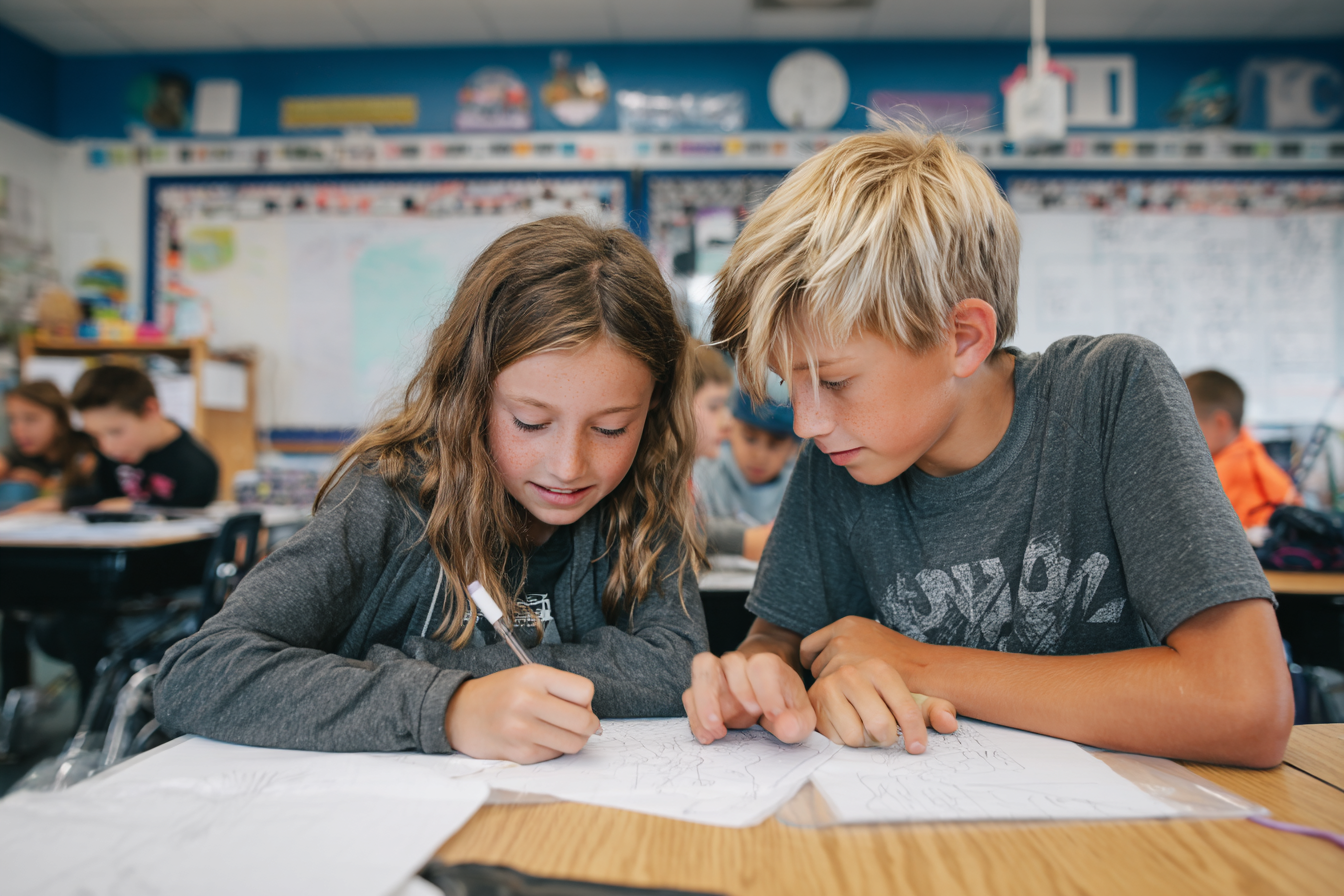Unit Plan 3 (Grade 4 Social Studies): Landforms and Waterways
Students explore major landforms and waterways in their state and region, examining how these features shape settlement, jobs, and travel while learning how people adapt to, modify, and care for their environment through hands-on mapping and stewardship activities.

Focus: Describe major landforms and waterways in our state and region and explain how they affect where people live and work. Students also examine ways people adapt to, modify, and care for their environment, especially around rivers, lakes, and watersheds.
Grade Level: 4
Subject Area: Social Studies (Geography • Human–Environment Interaction)
Total Unit Duration: 5 sessions (one week), 45–60 minutes per session
I. Introduction
Students explore how mountains, hills, plains, rivers, and lakes shape life in their state and region. Using maps, photos, and short texts, they identify major landforms and waterways and discuss how these features influence settlement, transportation, jobs, and land use (farming, towns, industry, recreation). Then they examine human–environment interaction by looking at ways people adapt (stilt houses, irrigation), modify (dams, canals), and conserve (clean-up days, water-saving rules) land and water. The week ends with a Landforms & Waterways Impact Map & Stewardship Plan.
Essential Questions
- What are the major landforms and waterways in our state and region, and where are they located?
- How do rivers, lakes, plains, hills, and other landforms affect where people live, work, and travel?
- How do people adapt to and change the environment (especially land and water) to meet their needs?
- Why is it important to protect land and water, and what are some ways we can show good stewardship of our environment?
- How can we use maps and evidence to explain the relationship between people and the environment?
II. Objectives and Standards
Learning Objectives — Students will be able to:
- Identify and describe major landforms (e.g., plains, hills, plateaus, mountains) and waterways (e.g., rivers, lakes, streams) in their state and region using maps and visuals.
- Explain how landforms, waterways, and climate/weather patterns influence settlement, transportation, and land use (where towns, farms, and businesses are located).
- Give examples of how people adapt to and modify their environment, especially around rivers, lakes, and watersheds (e.g., building bridges, dams, canals, levees, and using irrigation).
- Describe at least one environmental challenge (such as erosion or water pollution) and propose stewardship actions to help protect land and water.
- Create a Landforms & Waterways Impact Map & Stewardship Plan that shows key features and explains how they affect human activity and how people can care for these environments.
Standards Alignment — 4th Grade (C3-based custom)
- 4.C3.Geo.3 — Describe landforms, waterways, and climate/weather patterns; explain impacts on settlement and land use.
- Example: Explain how a river valley encouraged trade and farming.
- 4.C3.Geo.5 — Analyze human–environment interaction: adapt, modify, conserve; propose stewardship actions.
- Example: Recommend strategies to reduce watershed pollution with evidence.
Success Criteria — Student Language
- I can name and locate important landforms and waterways in my state/region.
- I can explain how rivers, lakes, and landforms affect where people live, work, and travel.
- I can give examples of how people adapt to and change the environment (like dams, roads, or irrigation).
- I can describe at least one way people can protect land and water in a watershed or local area.
- I can make a map and explanation that clearly show the relationship between landforms, waterways, and human activity.
